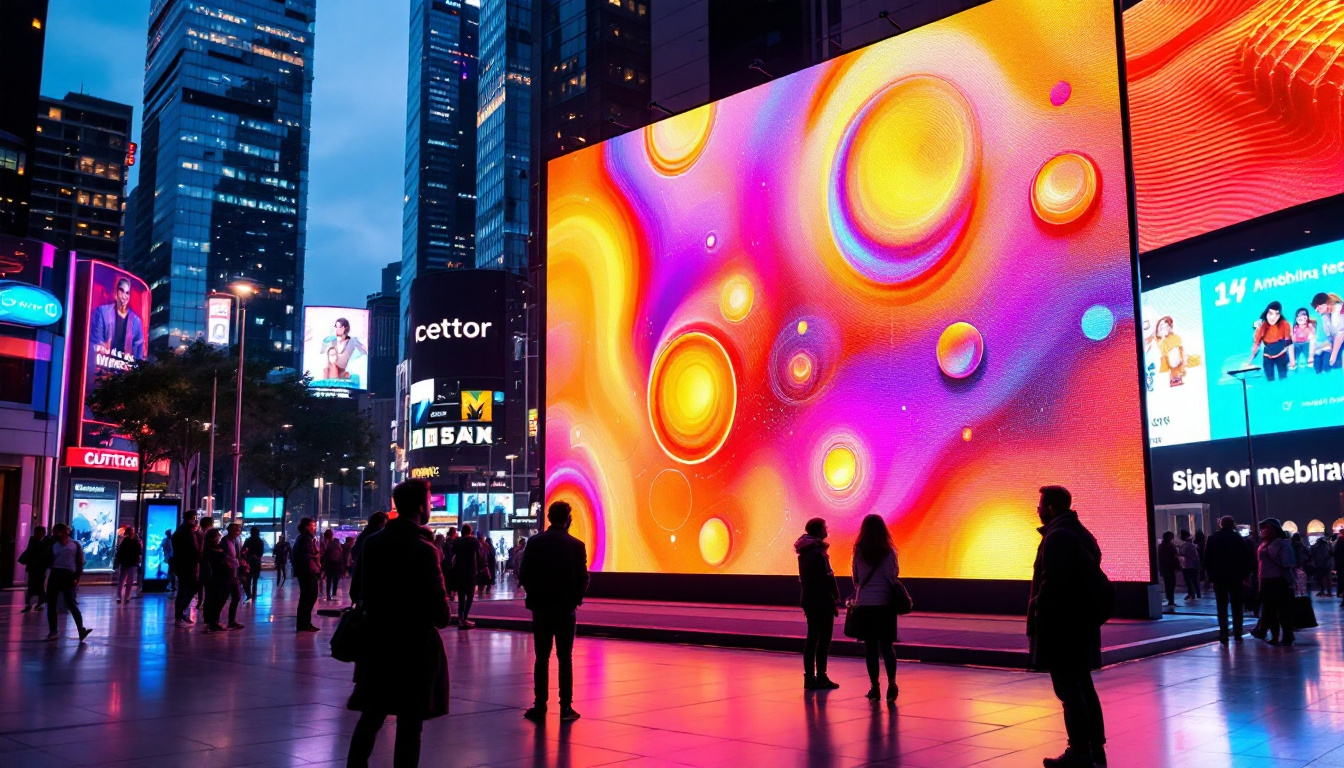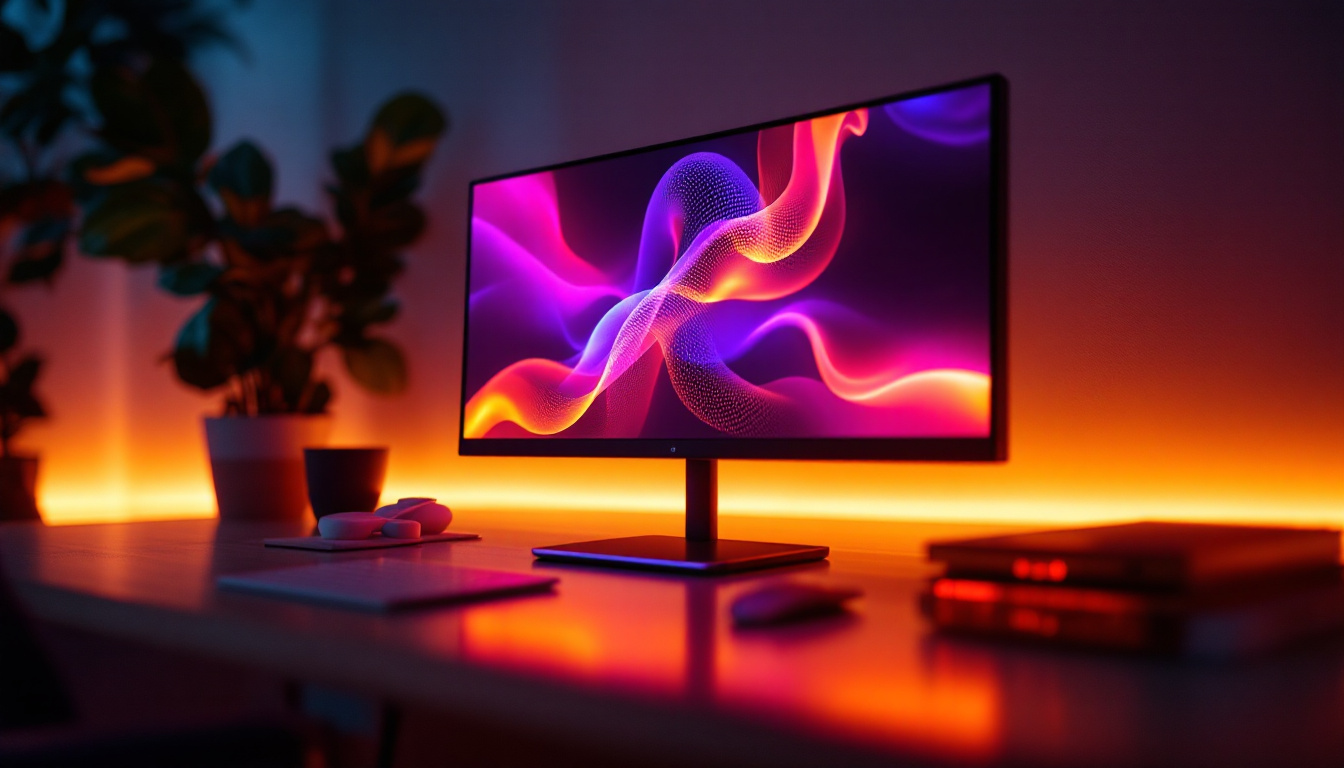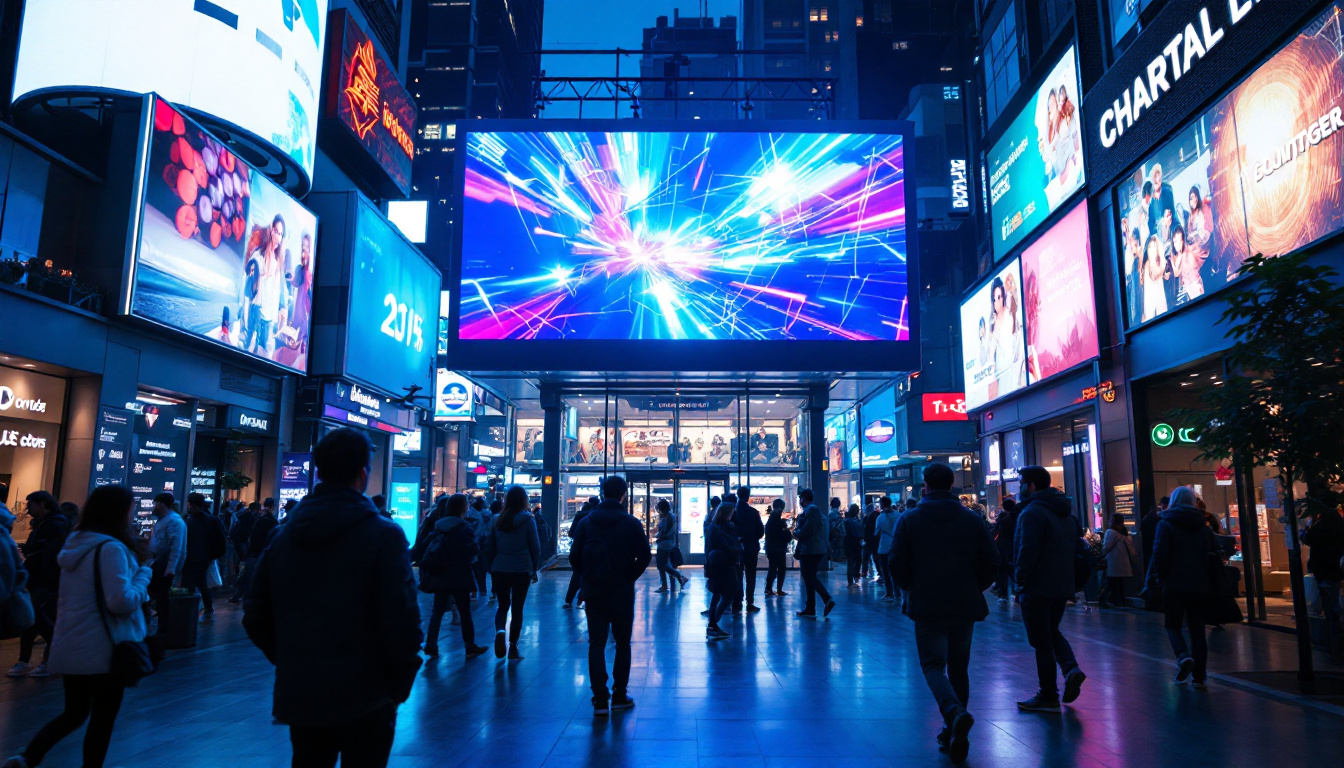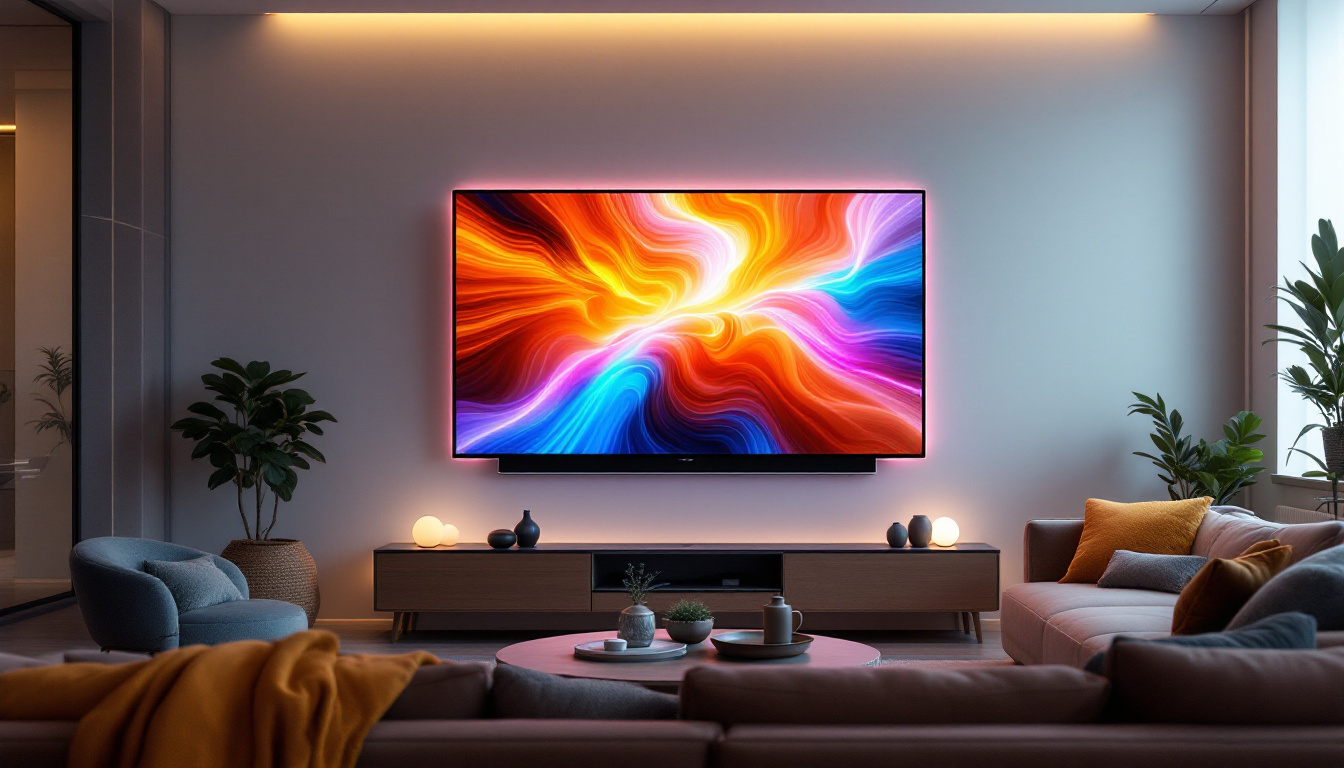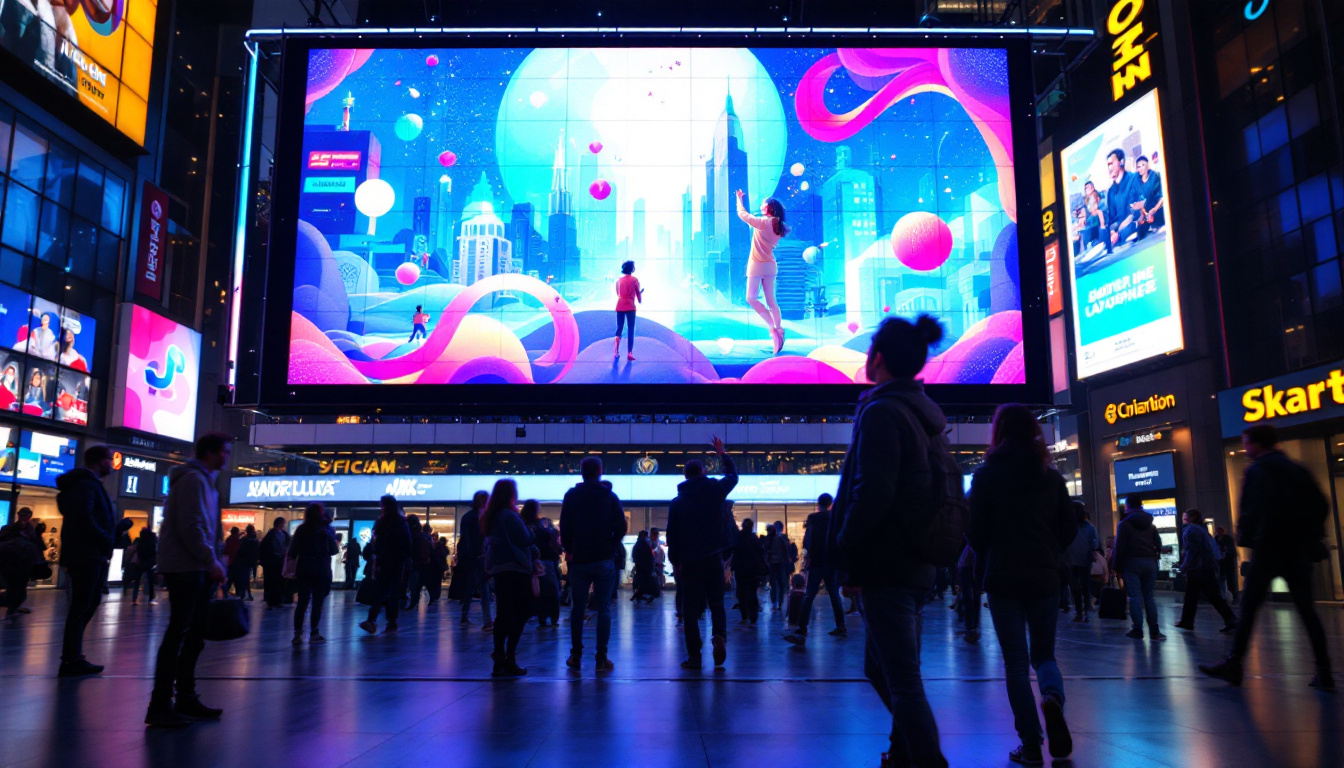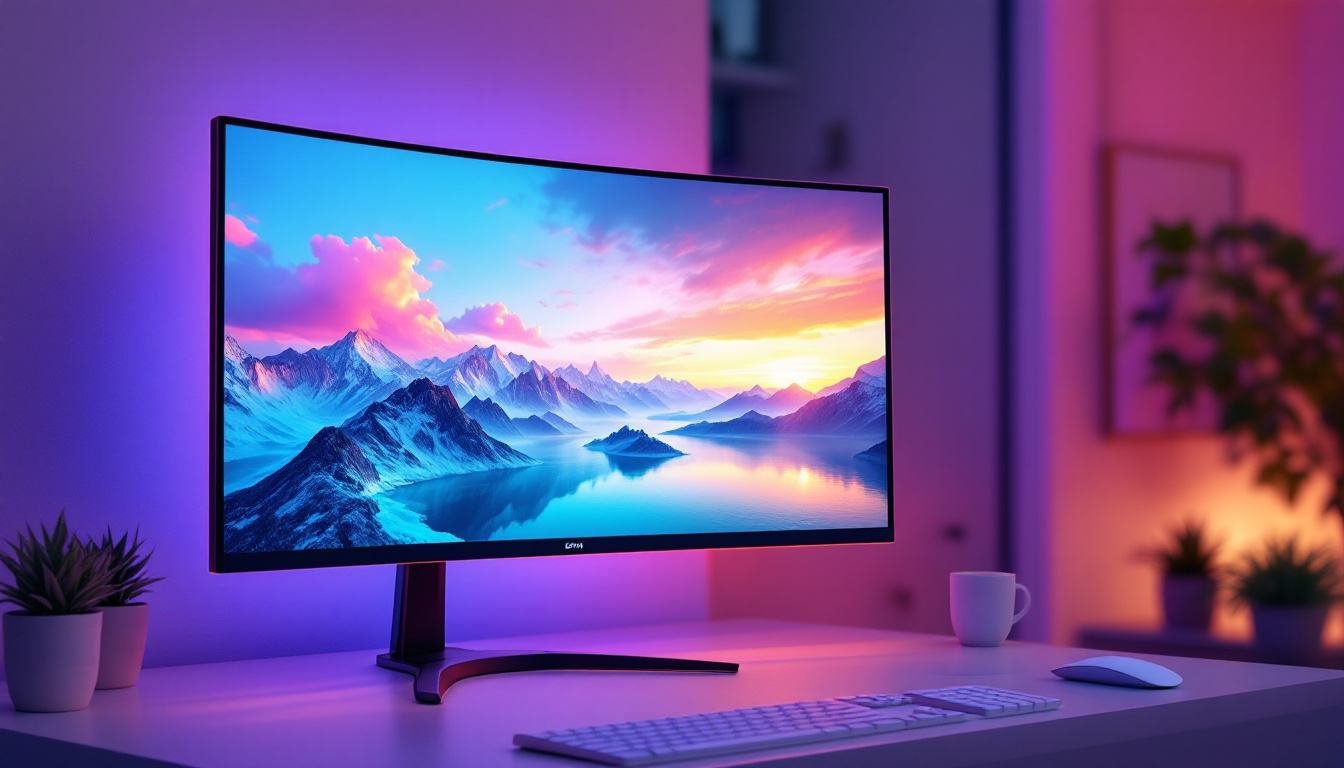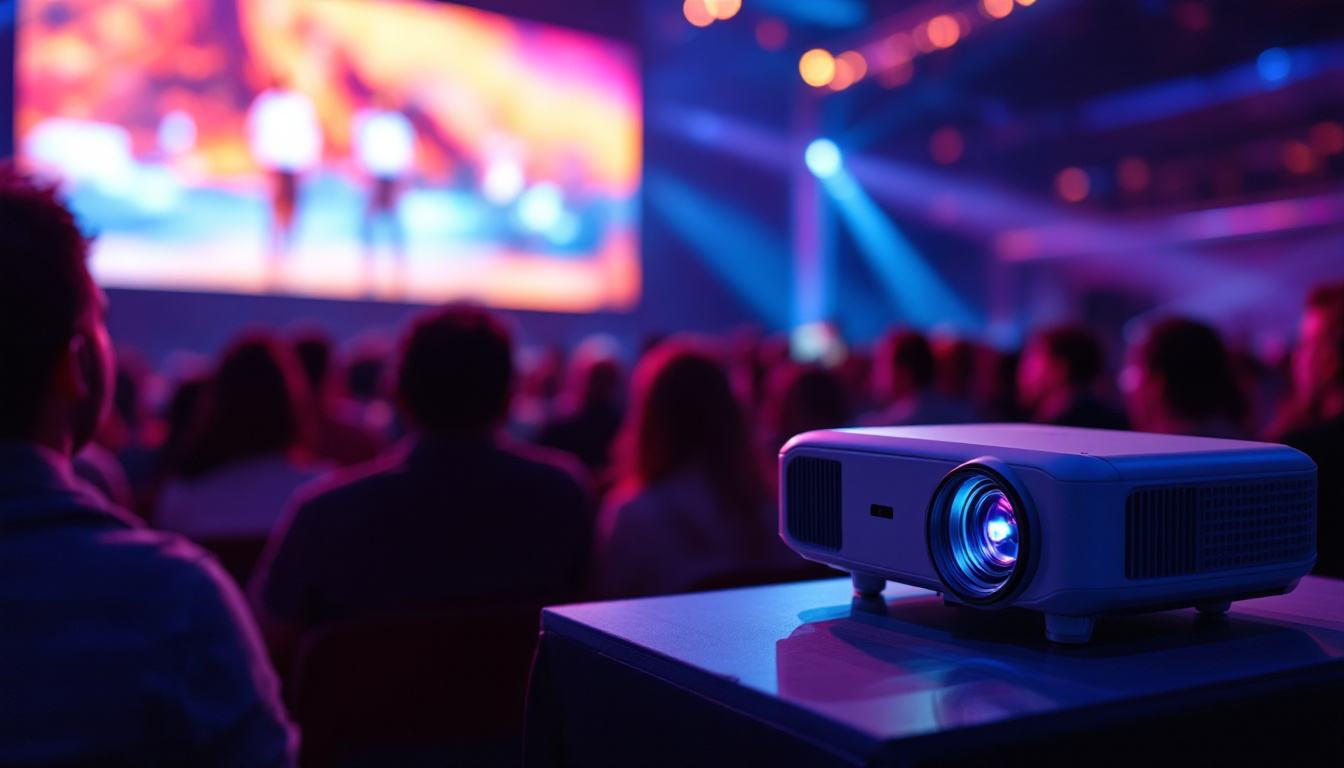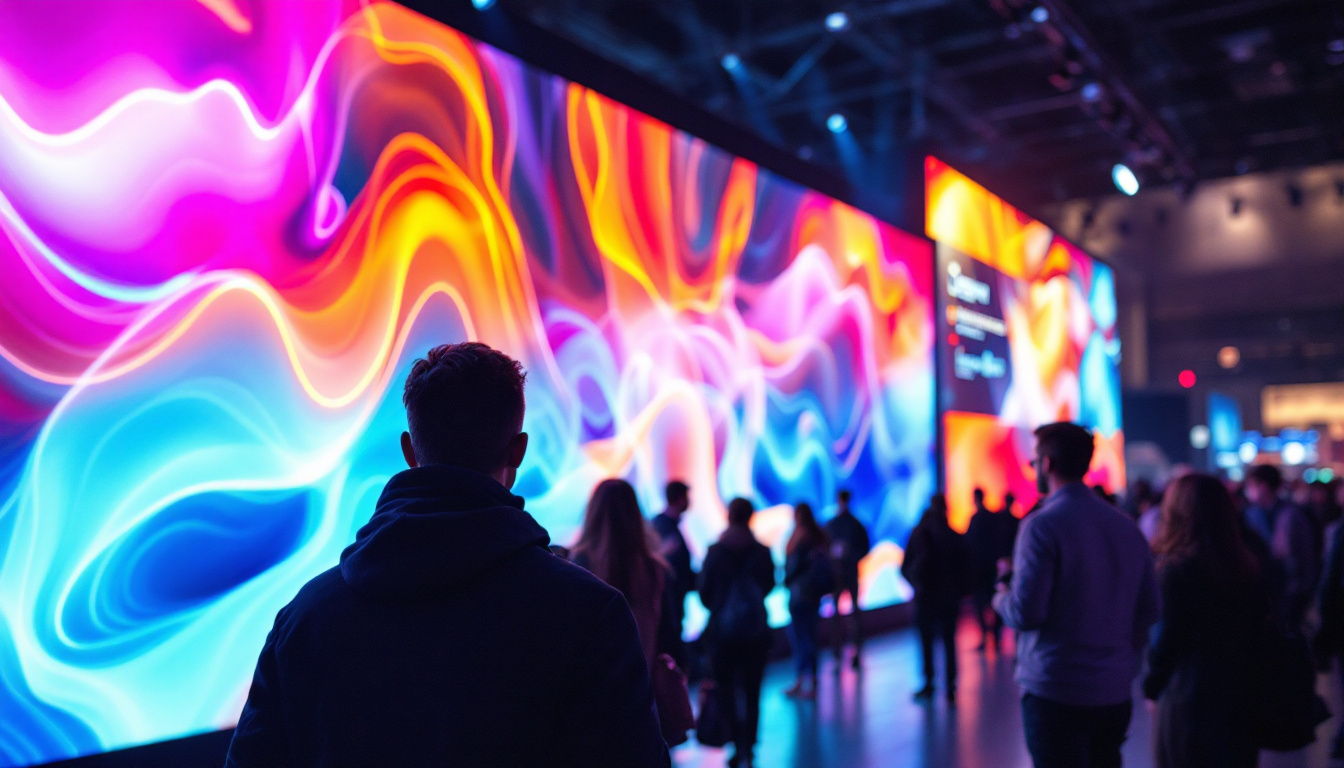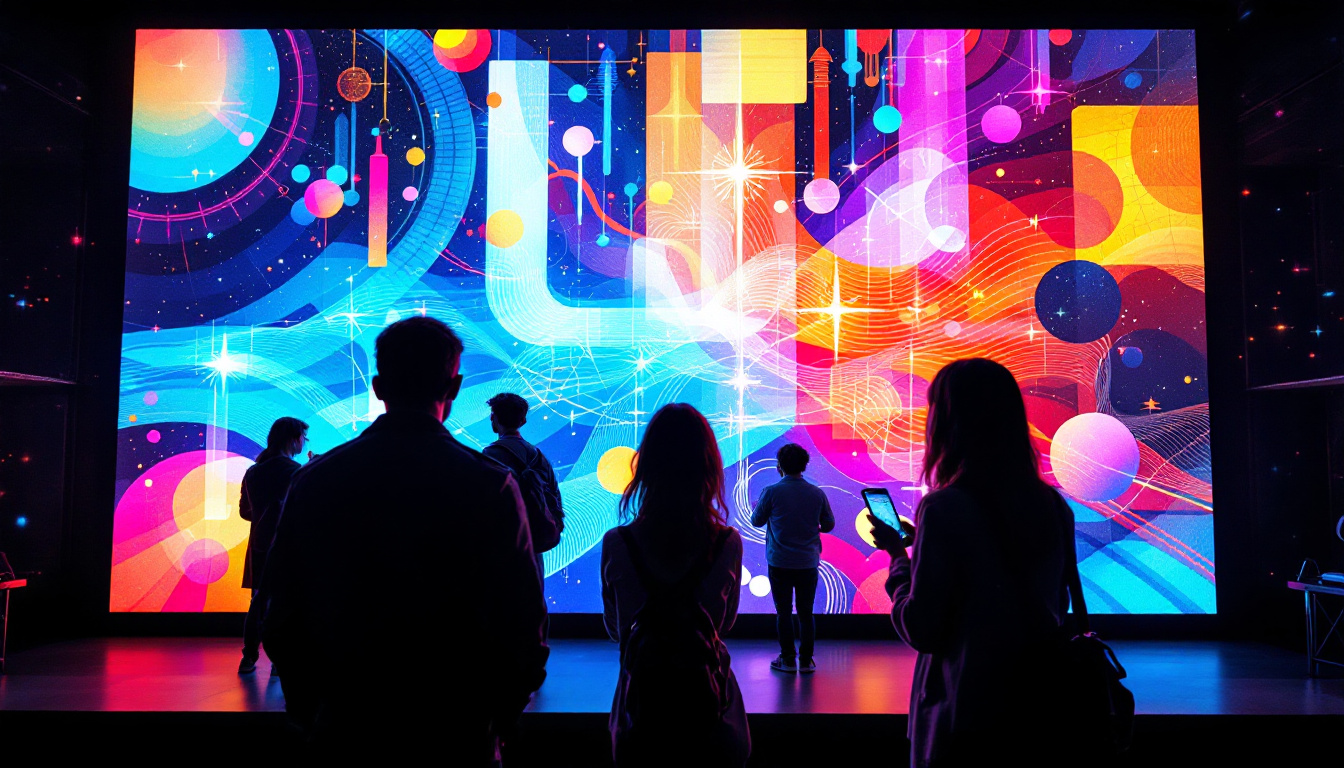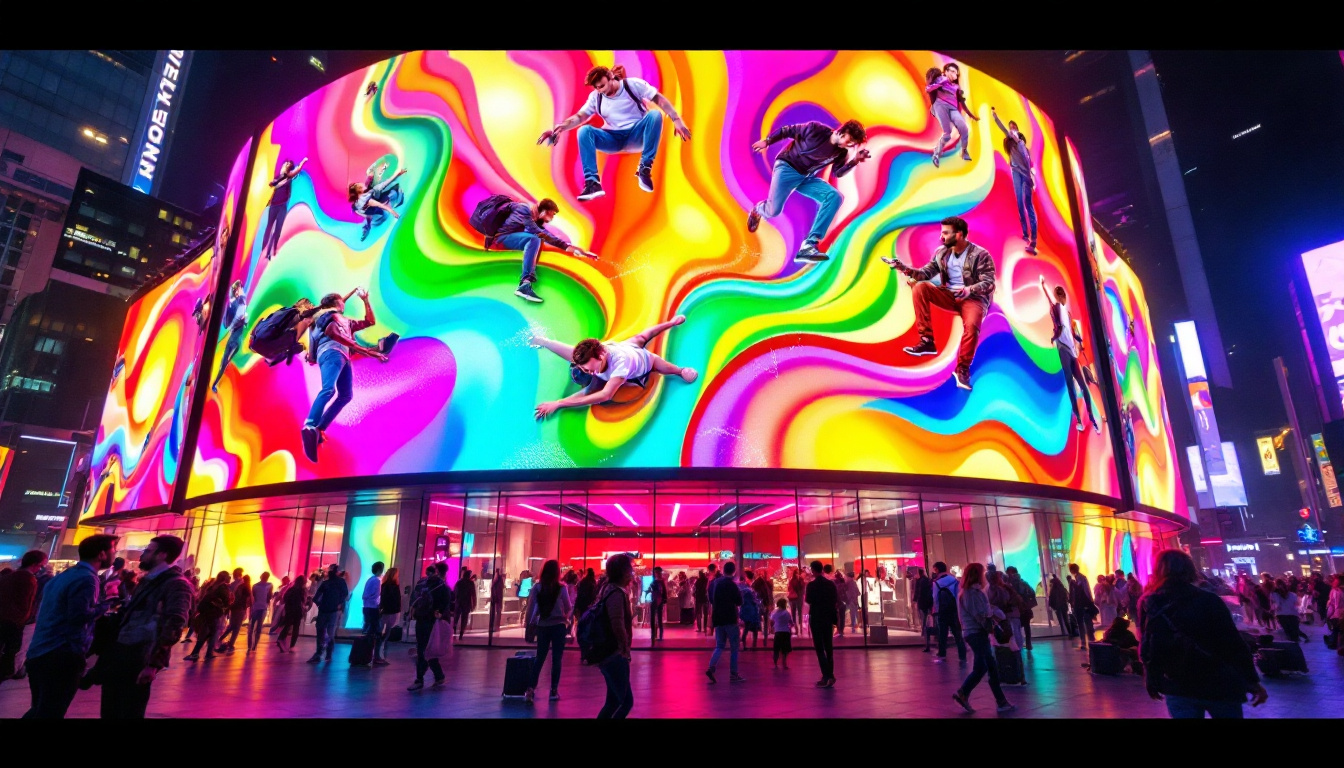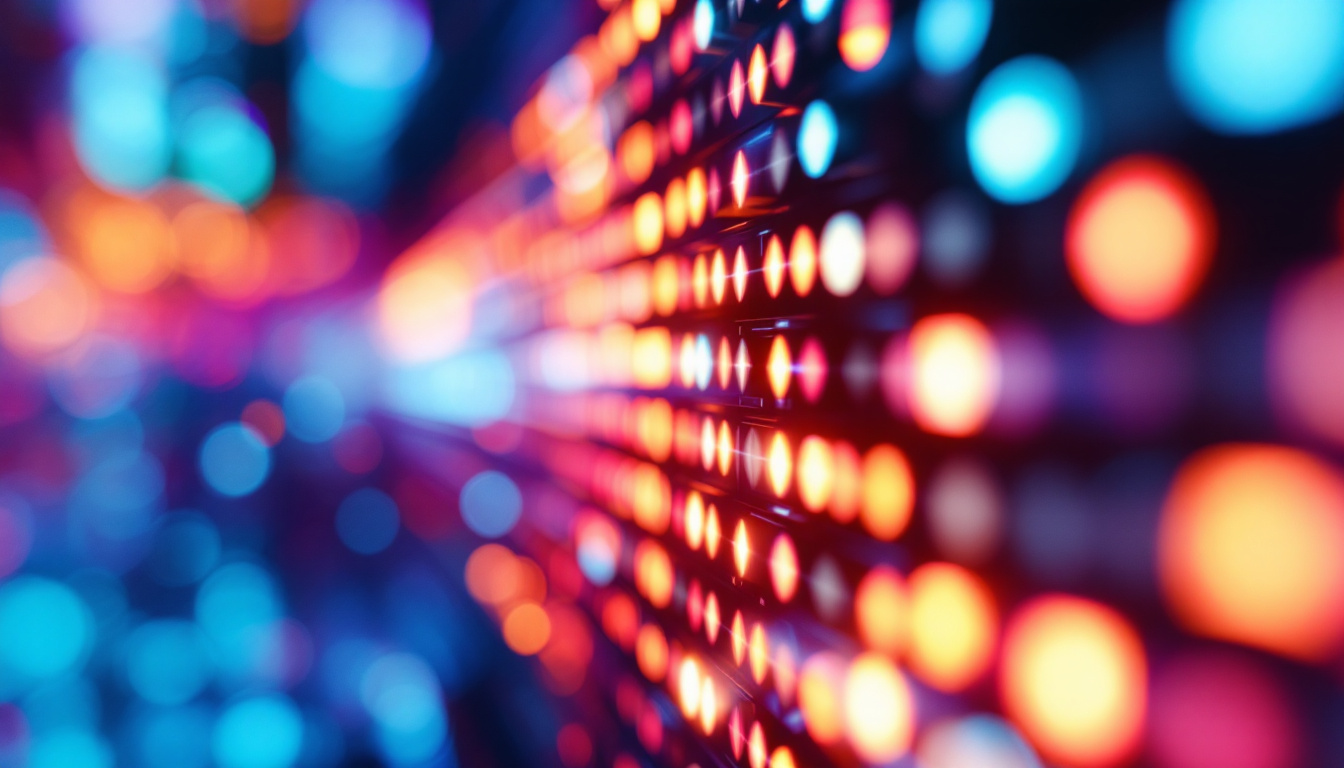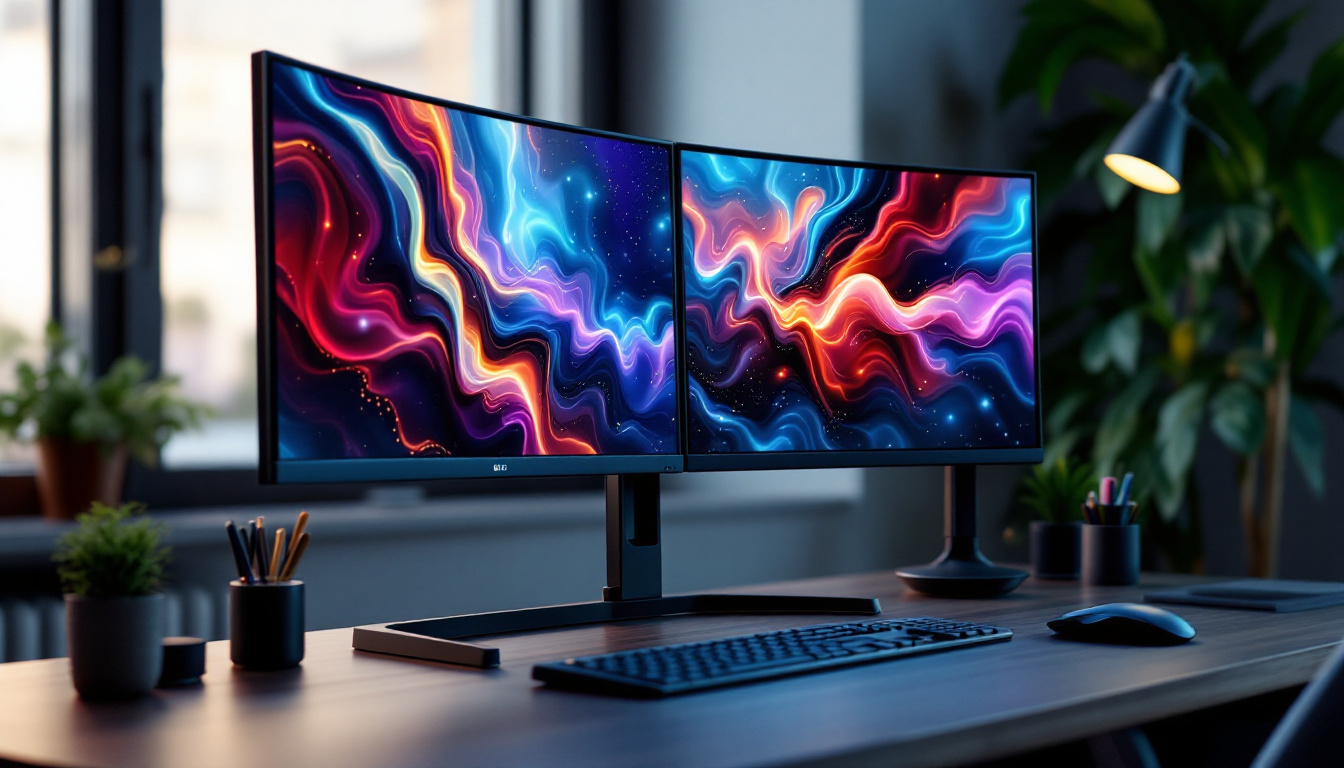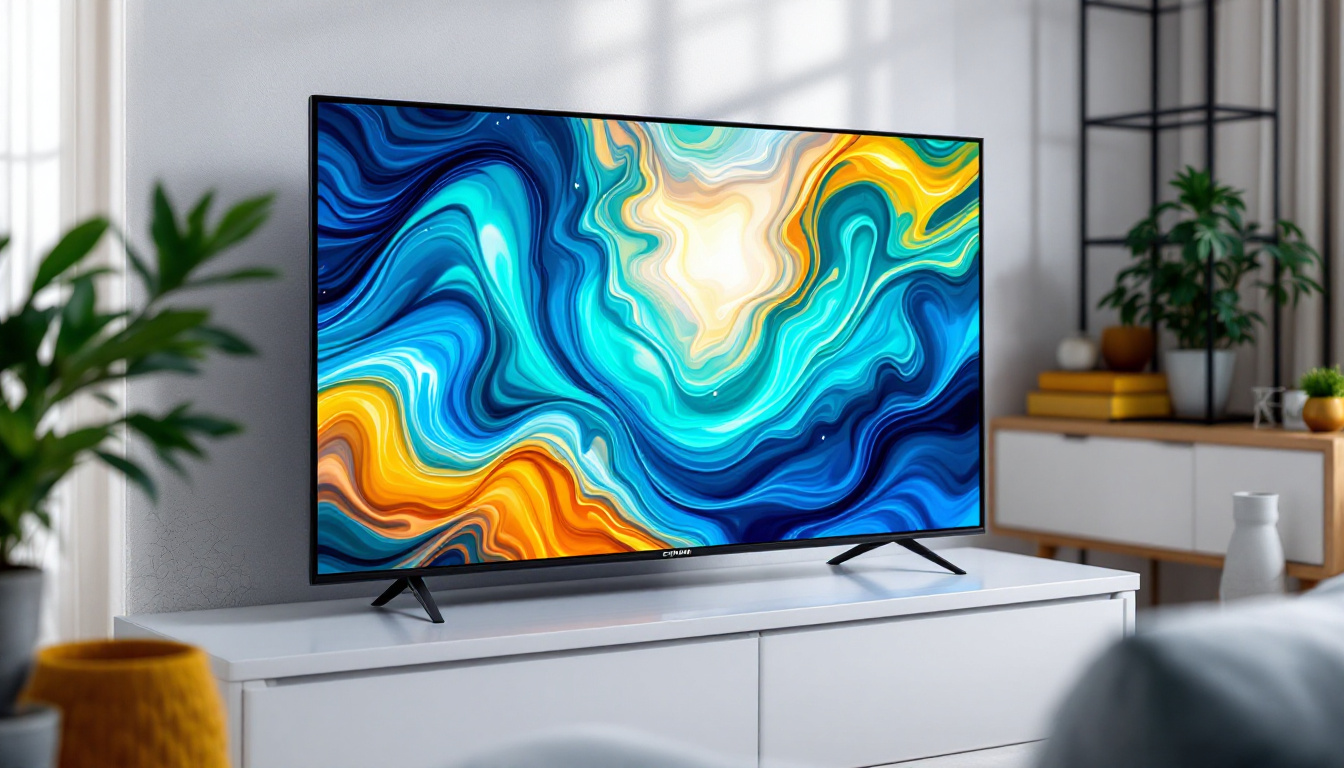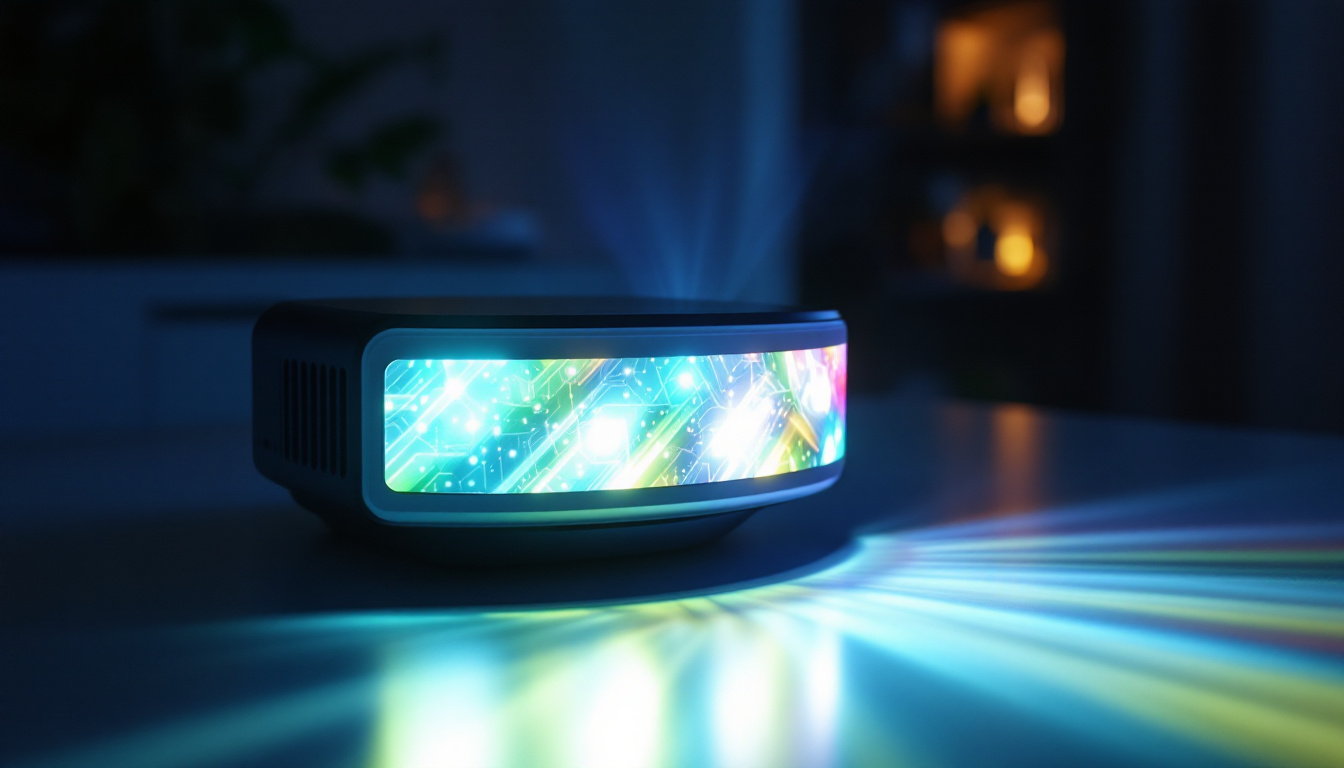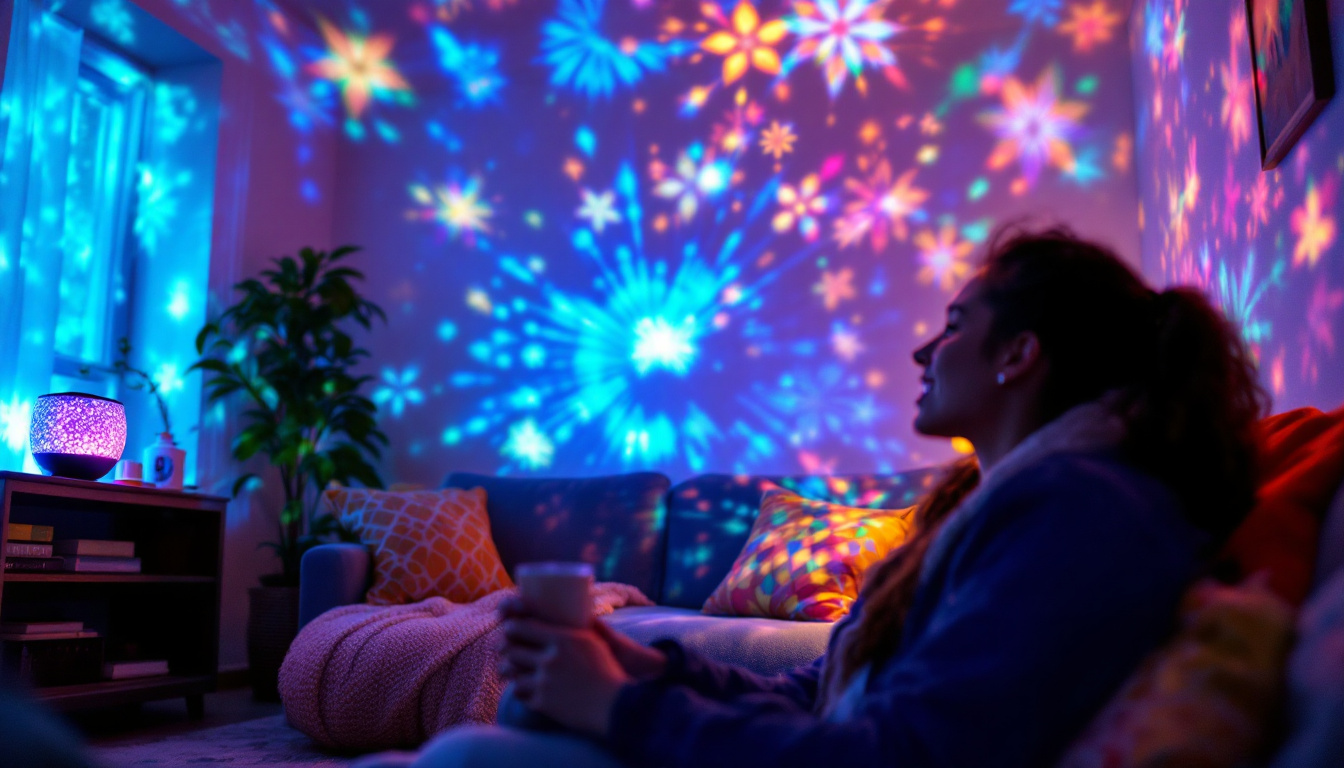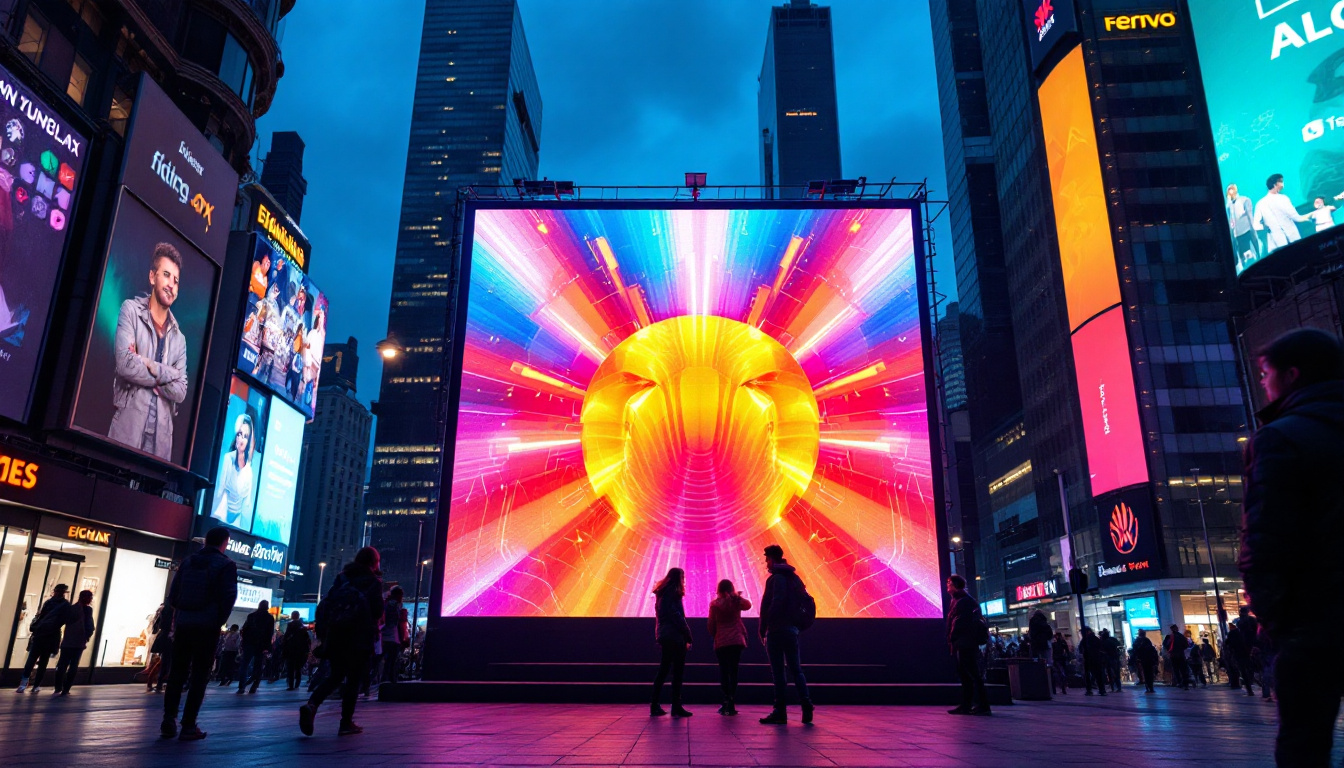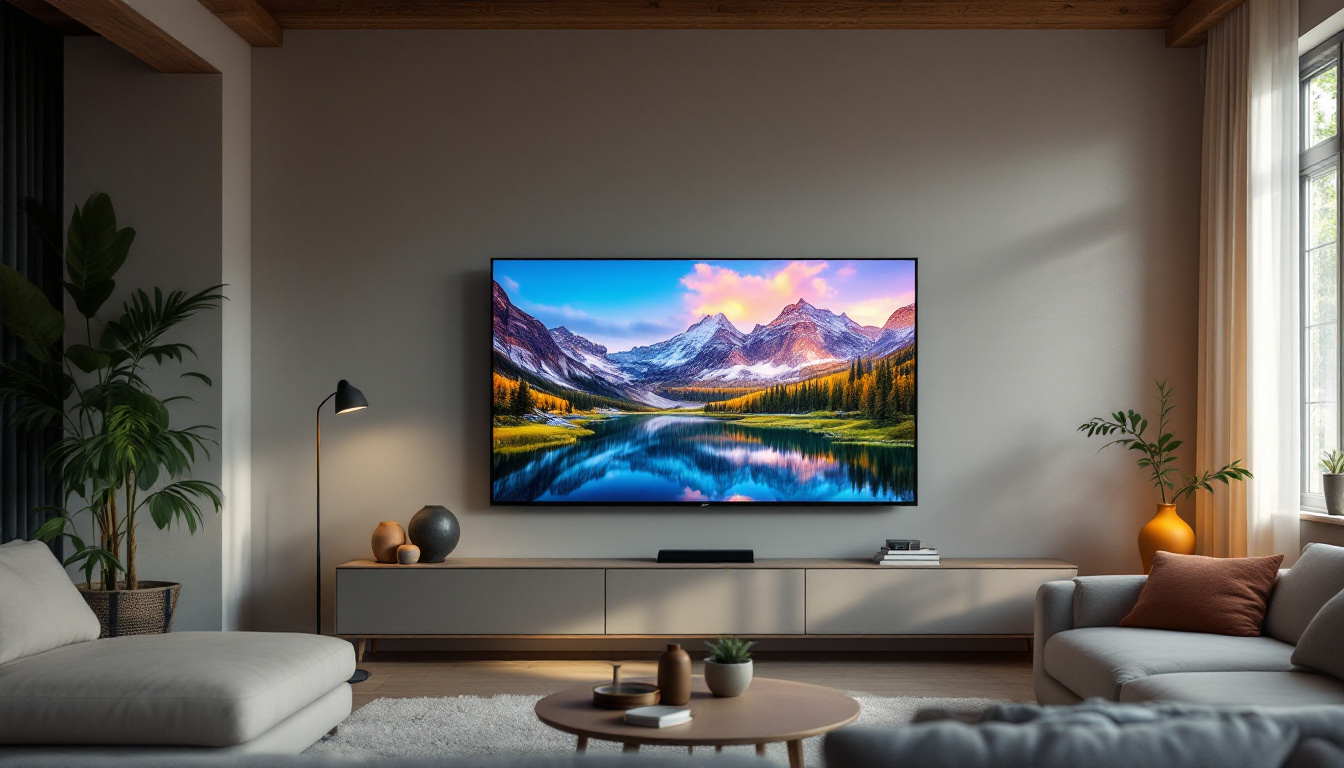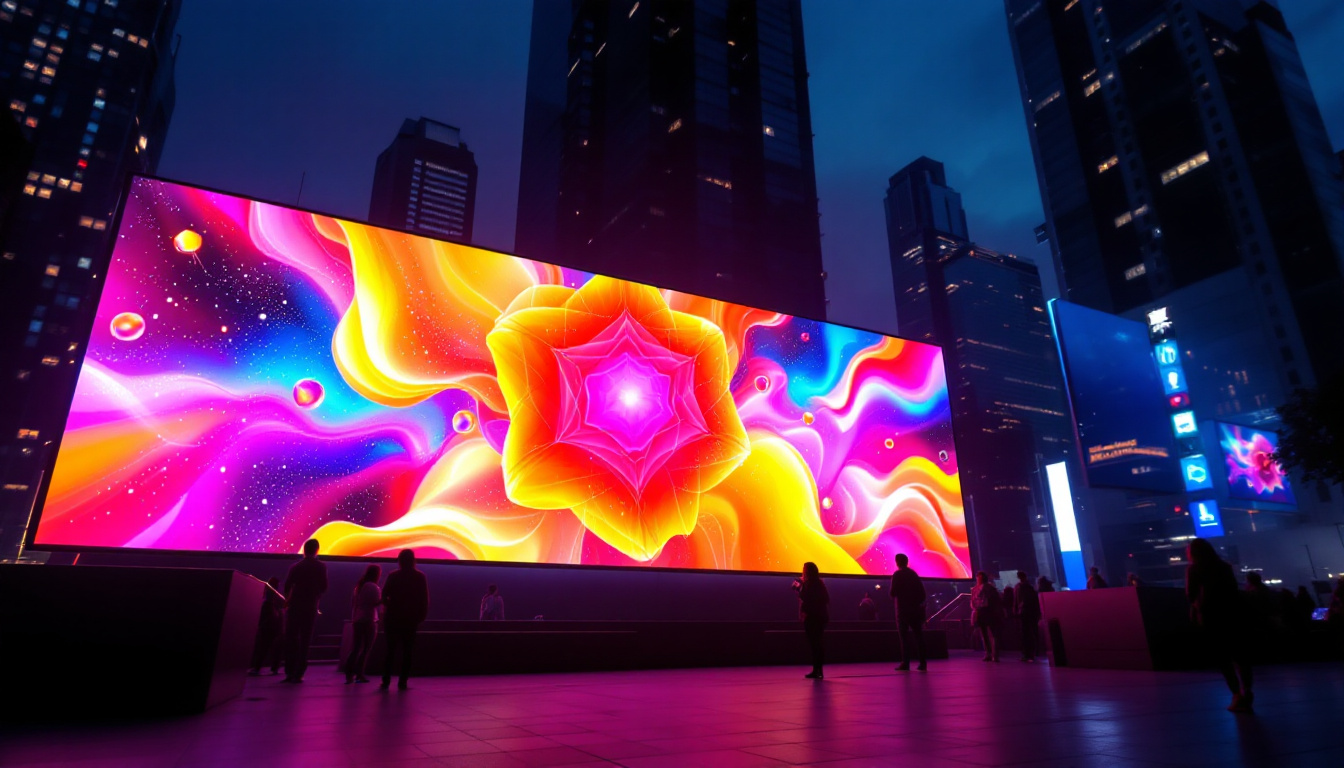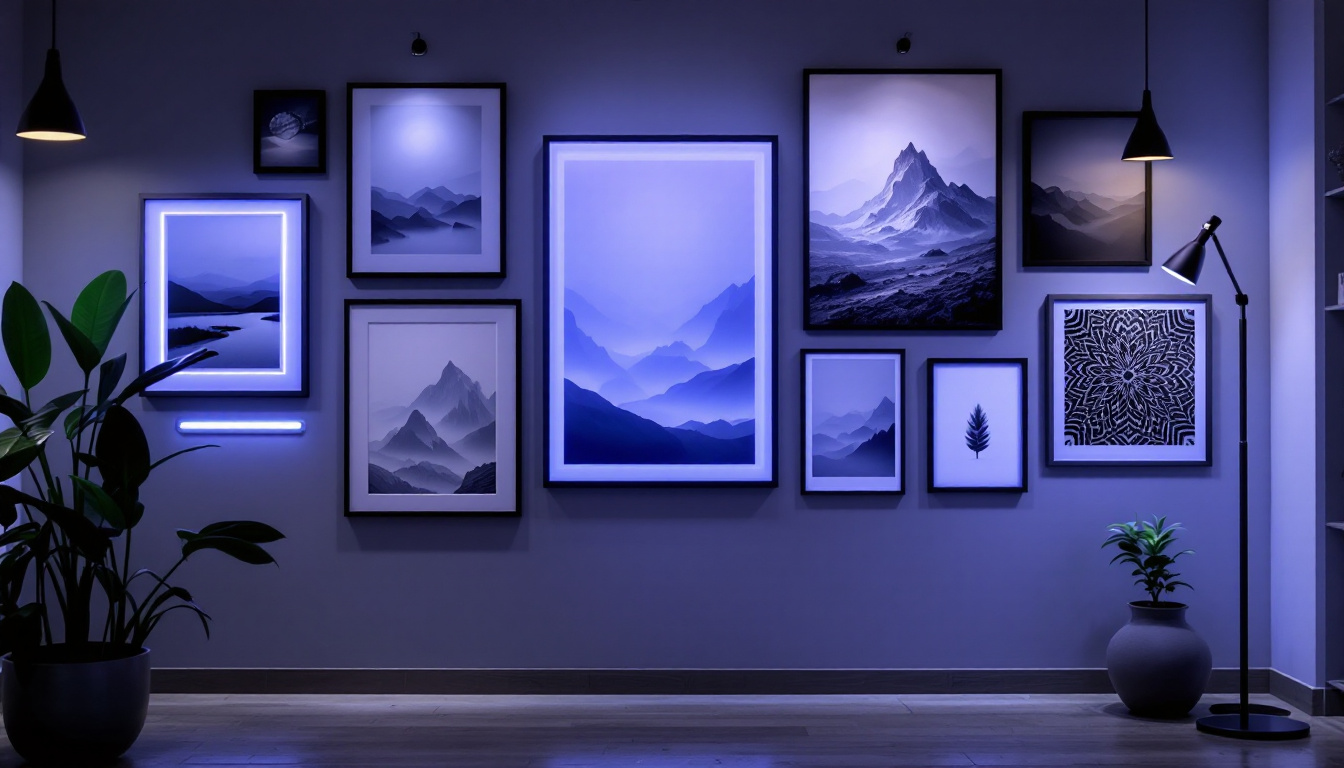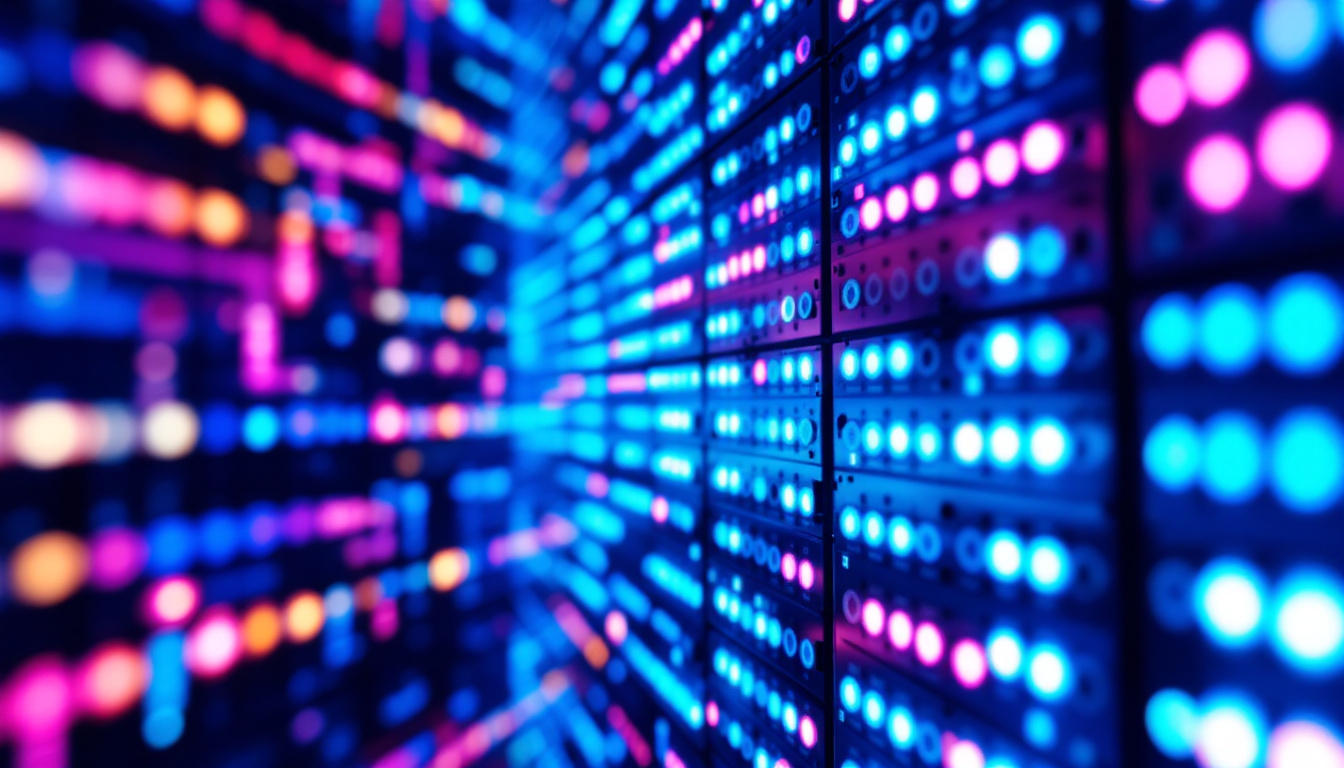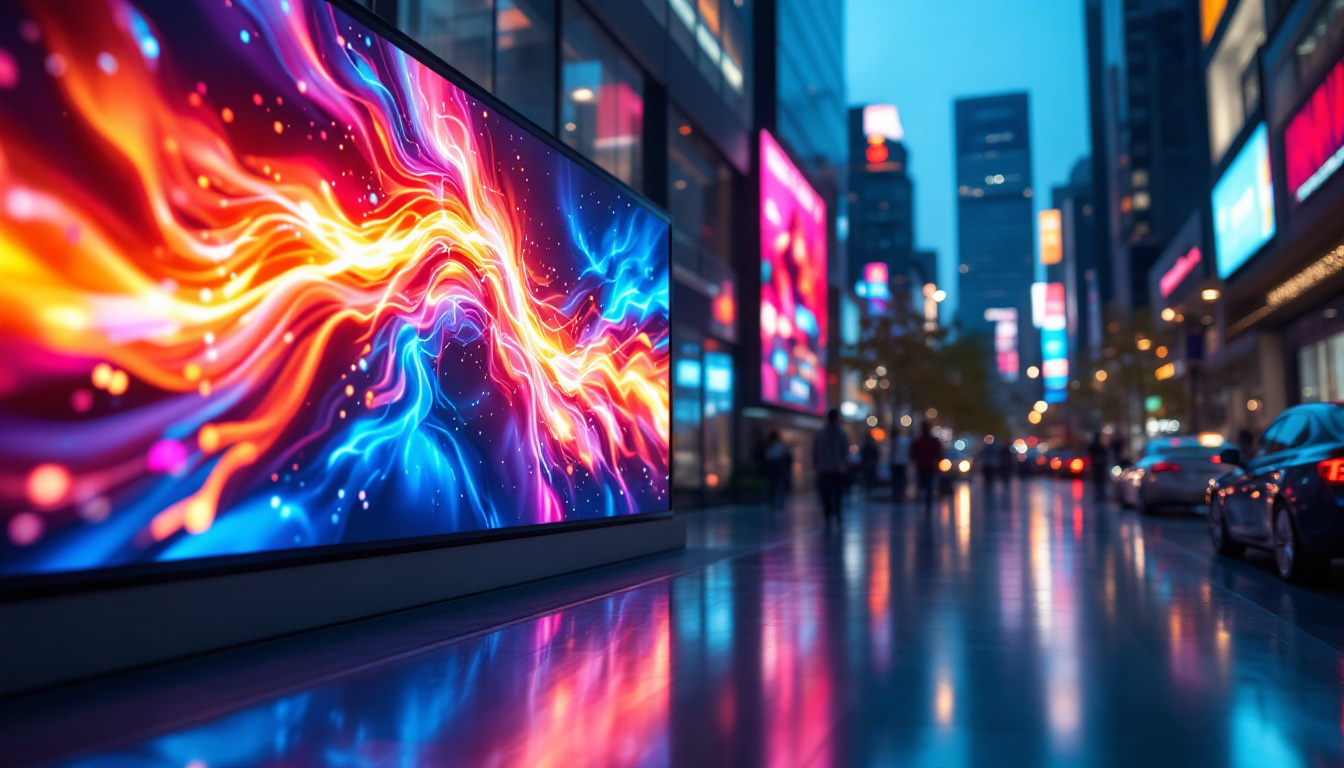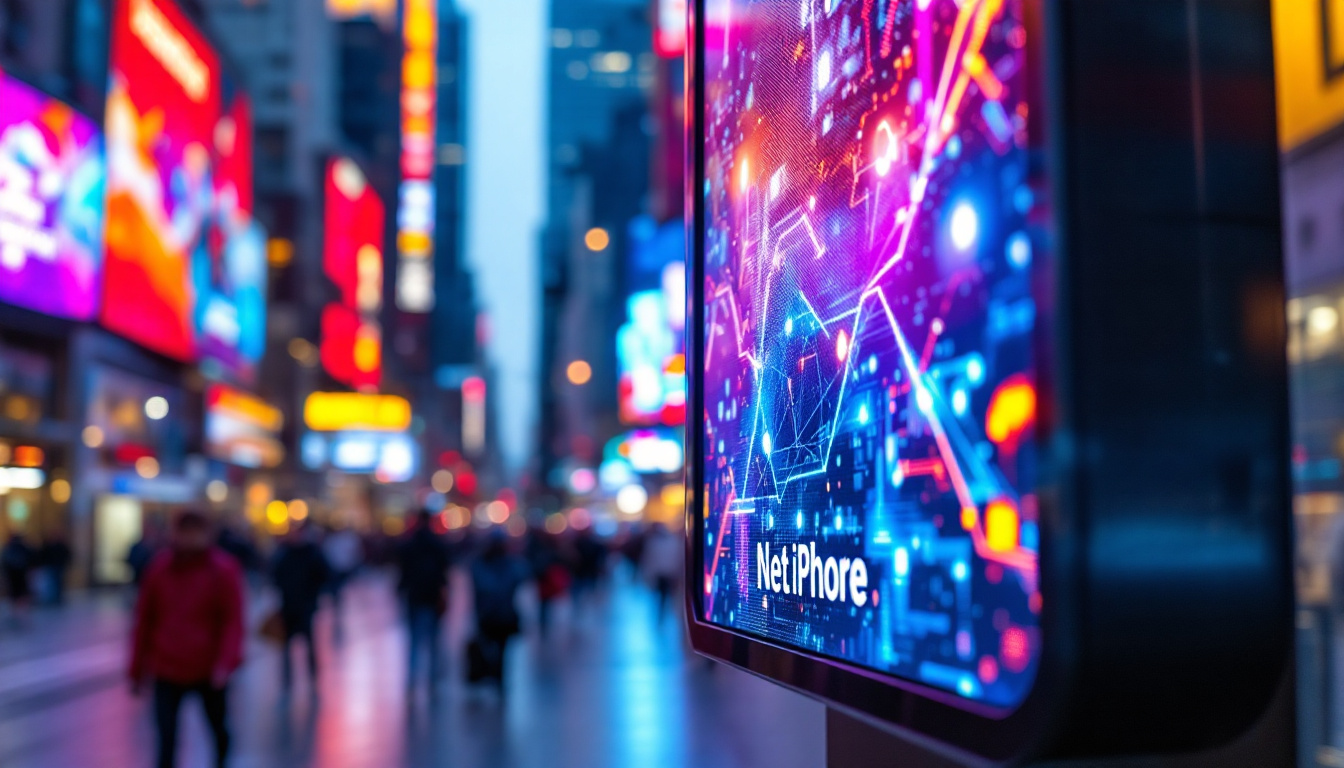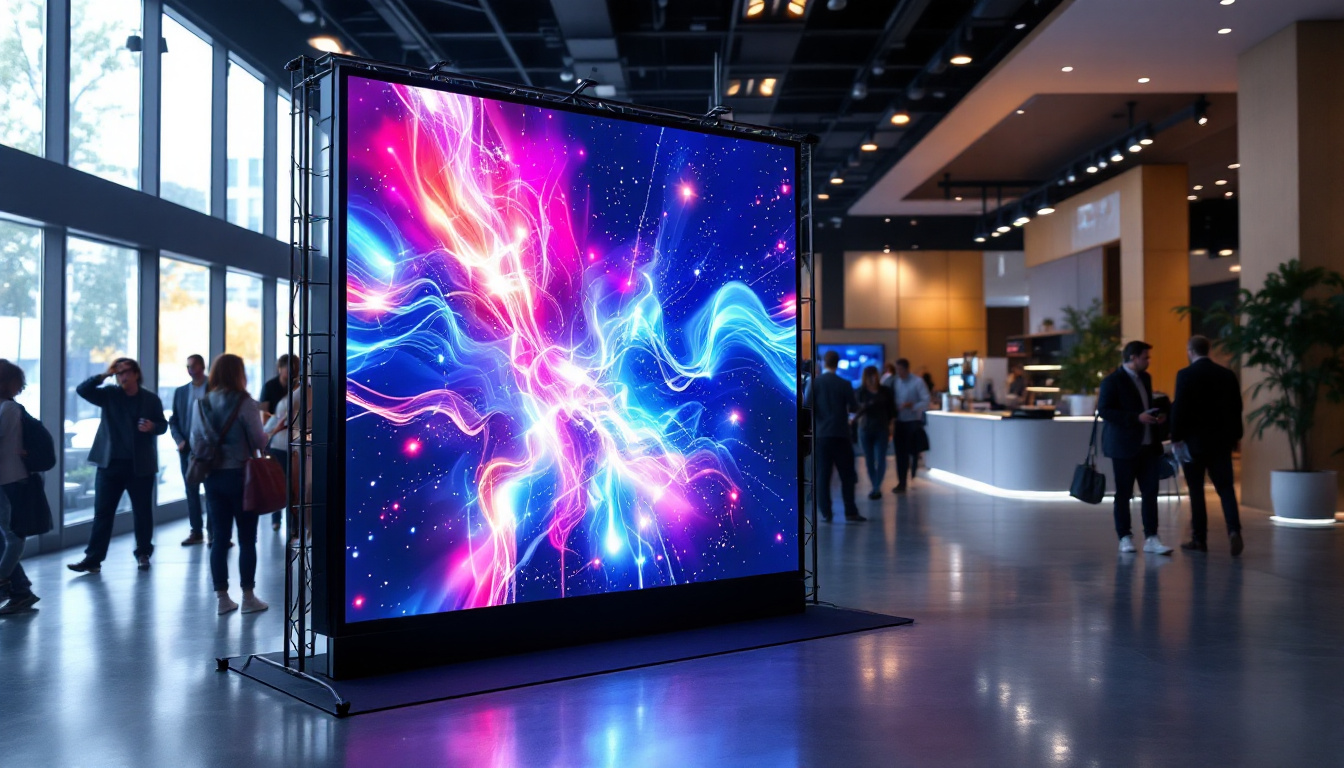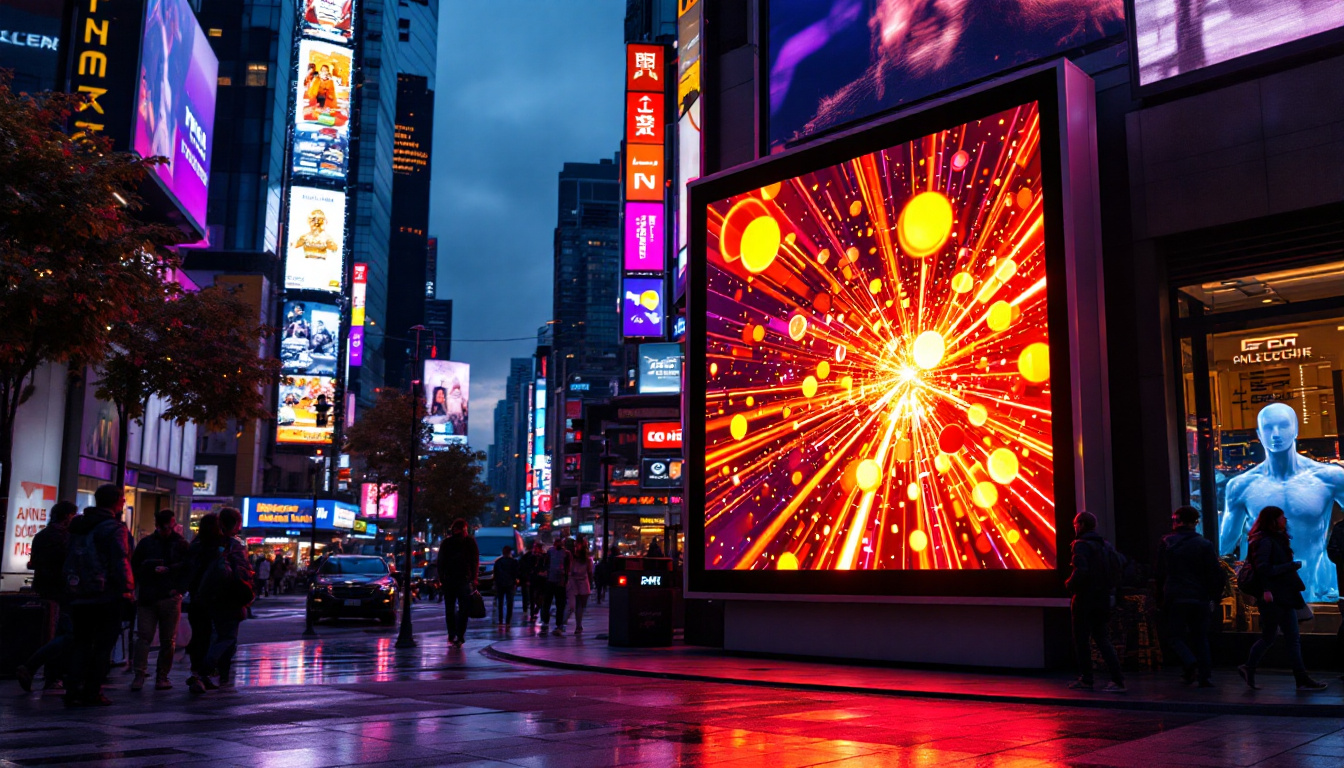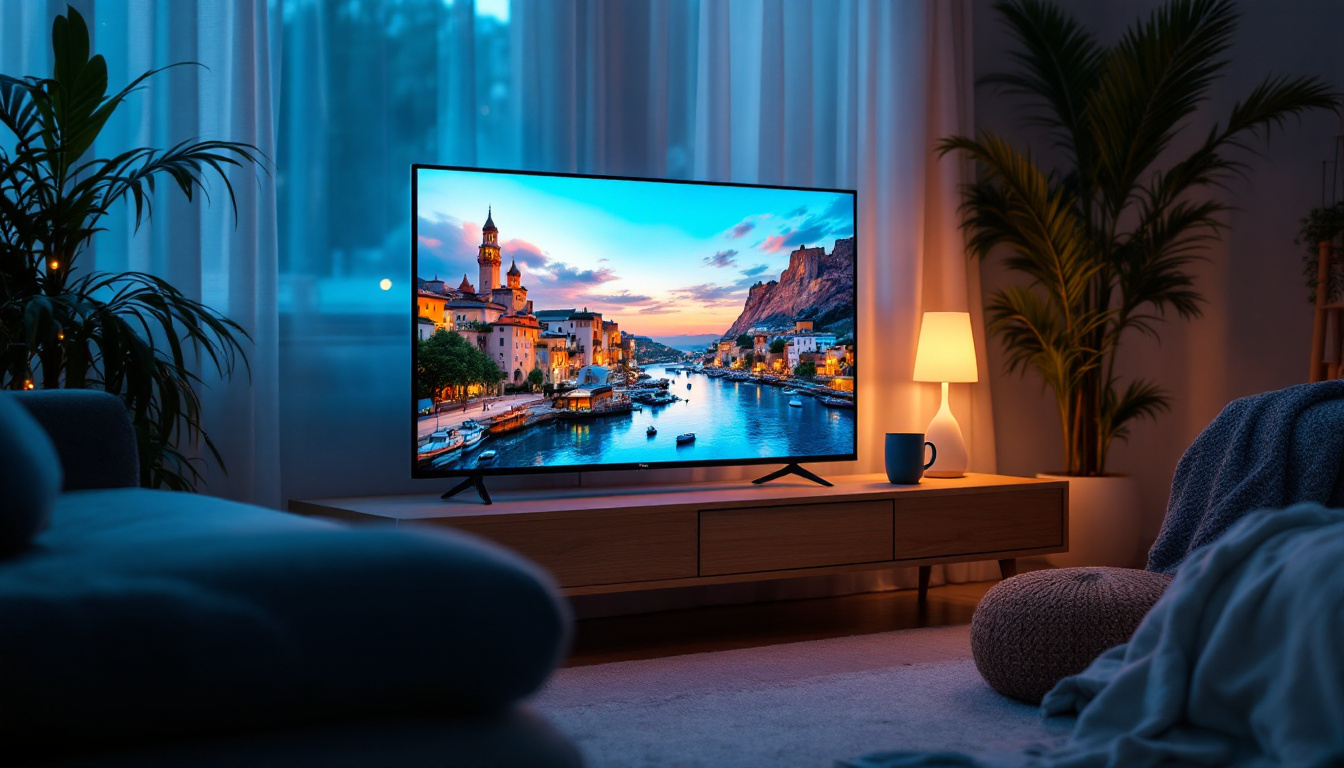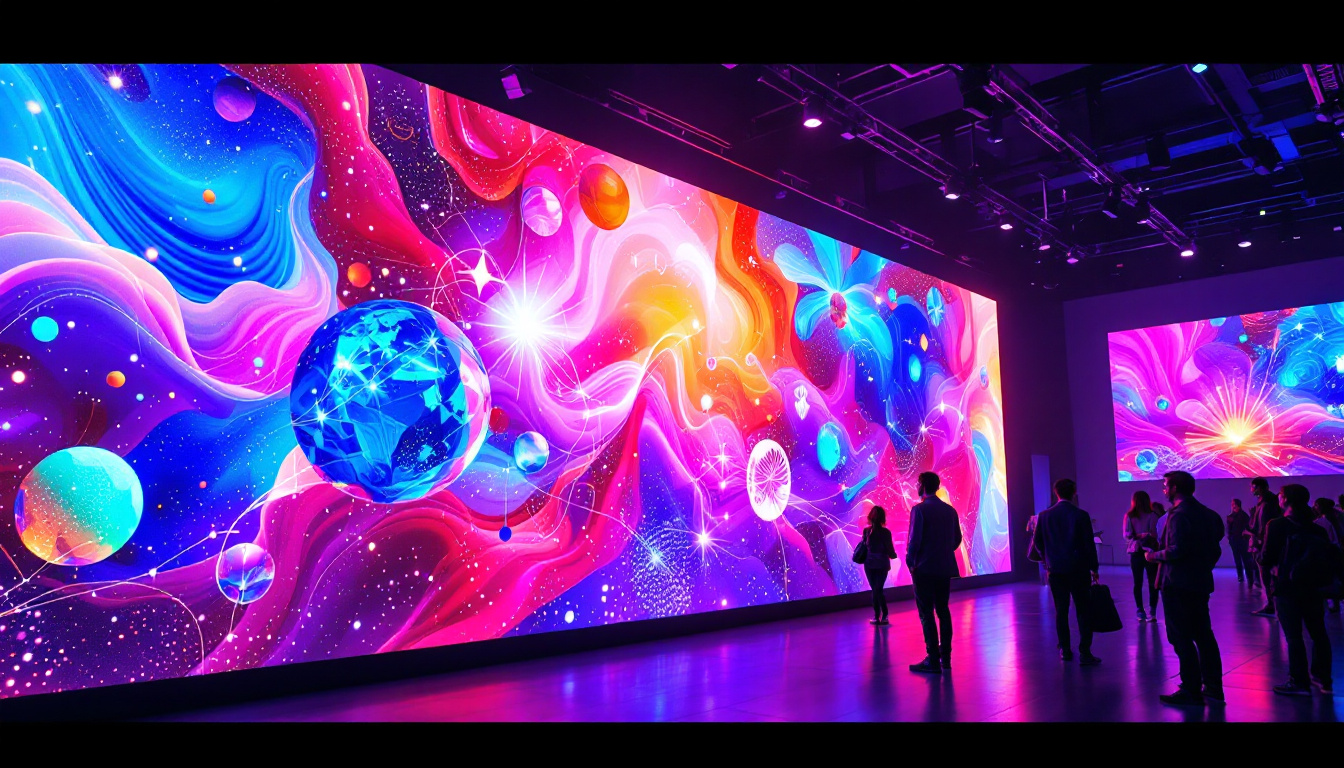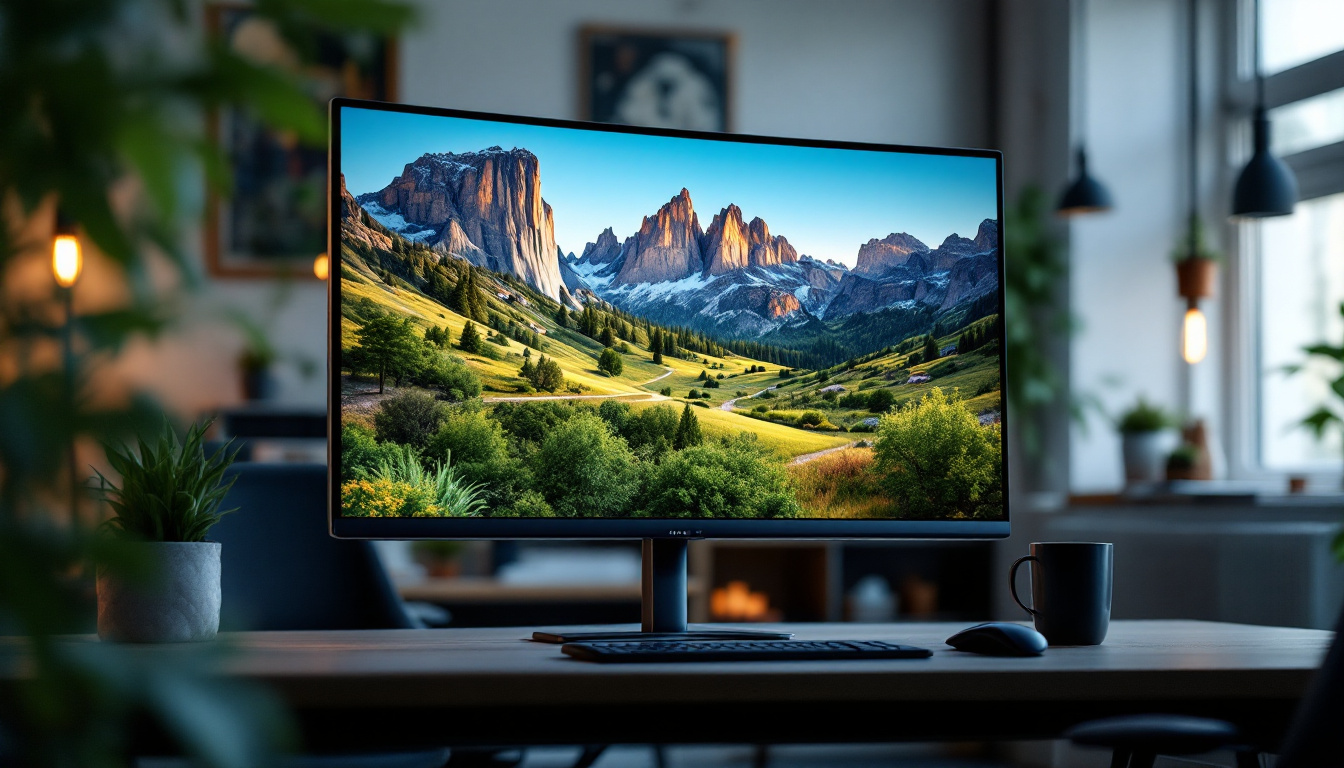Large LED Display: LED Display Explained
In the modern world, large LED displays have become ubiquitous, transforming the way information is communicated in public spaces. These vibrant screens are not just tools for advertising; they serve various functions, from conveying important messages to enhancing entertainment experiences. This article delves into the intricacies of large LED displays, exploring their technology, applications, and benefits.
Understanding LED Technology
Light Emitting Diodes (LEDs) are semiconductor devices that emit light when an electric current passes through them. This technology has revolutionized display systems, offering a range of advantages over traditional display technologies. Understanding how LED displays work is essential to appreciate their widespread use.
How LED Displays Work
LED displays consist of numerous individual LEDs arranged in a grid. Each LED can emit different colors, and when combined, they create a full spectrum of colors visible to the human eye. The brightness and clarity of these displays are largely due to the efficiency of LEDs, which can produce intense light while consuming less power than traditional bulbs.
The arrangement of LEDs can vary, leading to different types of displays, such as direct view and rear projection. Direct view displays are the most common, where the viewer sees the LED light directly. Rear projection displays, on the other hand, project images onto a screen from behind, offering a different viewing experience. This versatility allows for creative applications in various settings, from advertising to entertainment, where visual impact is crucial.
Types of LED Displays
There are several types of LED displays, each designed for specific applications. The most common types include:
- Indoor LED Displays: Typically used in venues like theaters, shopping malls, and conference rooms, these displays are designed for close viewing and have a higher pixel density.
- Outdoor LED Displays: Built to withstand various weather conditions, outdoor displays are larger and brighter to ensure visibility even in direct sunlight.
- Transparent LED Displays: These innovative displays allow light to pass through, making them ideal for retail environments where visibility of products behind the screen is essential.
In addition to these common types, there are also specialized LED displays, such as flexible LED screens that can be bent or shaped to fit unique spaces and designs. These flexible displays are particularly popular in creative installations, allowing for dynamic visual storytelling that can adapt to the architecture of a venue. Furthermore, advancements in technology have led to the development of microLED displays, which use microscopic LEDs to create ultra-high-definition images with exceptional color accuracy and contrast. This emerging technology is poised to further enhance the visual experience in both consumer electronics and large-scale installations.
The growing popularity of LED technology is also reflected in its applications beyond traditional displays. For instance, LED lighting is increasingly being integrated into architectural designs, providing both functional and aesthetic benefits. From illuminating facades to creating immersive environments in museums and exhibitions, LED technology continues to push the boundaries of what is possible in visual communication and design.
Applications of Large LED Displays
The versatility of large LED displays allows them to be used in a wide array of applications. From advertising to public information, these displays play a crucial role in various sectors.
Advertising and Marketing
One of the most prominent uses of large LED displays is in advertising. Brands leverage these vibrant screens to capture the attention of potential customers. High-traffic areas, such as city squares and shopping districts, are prime locations for these displays, as they can reach a large audience effectively.
Dynamic content can be showcased on LED displays, allowing advertisers to change messages in real-time. This flexibility ensures that marketing campaigns can be tailored to specific audiences or events, maximizing engagement and impact.
Additionally, the use of high-definition visuals and animations on these displays can create a memorable brand experience. For instance, companies can utilize interactive elements that encourage passersby to engage with the content, such as QR codes or social media integrations. This not only enhances brand visibility but also fosters a deeper connection with the audience, making the advertising experience more personal and impactful.
Public Information Systems
Large LED displays are also instrumental in disseminating public information. Airports, train stations, and bus terminals utilize these screens to provide real-time updates about schedules, delays, and other critical information. The clarity and visibility of LED displays ensure that travelers receive timely notifications, enhancing their overall experience.
In addition to transportation hubs, municipalities often use LED displays to relay important messages to the public, such as emergency alerts, weather updates, and community announcements. This capability makes them invaluable tools for effective communication in urban environments.
Furthermore, educational institutions are beginning to adopt large LED displays to share announcements, event schedules, and even educational content. By placing these displays in common areas, schools and universities can ensure that students and staff are well-informed about important happenings, fostering a more connected and engaged community. The ability to update information quickly and efficiently means that these institutions can respond to changes in real-time, which is particularly beneficial in emergency situations.
Entertainment and Events
In the realm of entertainment, large LED displays have transformed the way audiences experience events. Concerts, sports games, and festivals often feature massive LED screens that enhance the visual experience for attendees. These displays can show live feeds, graphics, and animations, creating an immersive atmosphere.
Moreover, in venues like stadiums and arenas, LED displays serve multiple purposes, including advertising, scorekeeping, and providing instant replays. This multifunctionality makes them an essential component of modern entertainment infrastructure.
In addition to their role in live events, large LED displays are increasingly being used for virtual events and broadcasts. With the rise of online streaming and hybrid events, these screens can help bridge the gap between in-person and remote audiences. By displaying live chats, social media feeds, or even virtual reality experiences, organizers can create a more interactive and engaging environment for all participants, regardless of their location. This adaptability not only enhances viewer engagement but also opens up new avenues for sponsorship and advertising opportunities during events.
Benefits of Large LED Displays
Investing in large LED displays offers numerous benefits that can significantly enhance communication and engagement strategies for businesses and organizations.
Energy Efficiency
One of the standout advantages of LED technology is its energy efficiency. Compared to traditional display technologies, LEDs consume significantly less power, leading to lower operational costs. This efficiency not only benefits businesses financially but also contributes to environmental sustainability by reducing energy consumption.
Longevity and Durability
Large LED displays are designed for longevity, often lasting over 100,000 hours of continuous use. This durability is particularly advantageous for outdoor displays, which must withstand harsh weather conditions. The robust construction of LED displays minimizes maintenance needs, allowing organizations to focus on their core activities rather than worrying about display upkeep.
High Visibility and Clarity
The brightness and clarity of large LED displays are unmatched. With the ability to produce vibrant colors and high contrast ratios, these displays ensure that content is easily visible, even in bright sunlight. This quality is crucial for outdoor advertising and public information systems, where visibility is paramount.
Challenges and Considerations
While large LED displays offer numerous benefits, there are challenges and considerations that organizations must keep in mind when implementing this technology.
Initial Investment Costs
One of the primary challenges associated with large LED displays is the initial investment cost. While prices have decreased over the years, high-quality LED displays can still represent a significant upfront expense. Organizations must weigh this cost against the potential return on investment through increased visibility and engagement.
Content Management
Effective content management is crucial for maximizing the impact of large LED displays. Organizations need to invest in software and systems that allow for easy content updates and scheduling. Without a robust content management strategy, the potential of these displays may not be fully realized.
Regulatory Compliance
In many regions, there are regulations governing the use of large LED displays, particularly in outdoor settings. Organizations must ensure compliance with local laws regarding brightness levels, content restrictions, and placement. Failure to adhere to these regulations can result in fines and operational setbacks.
Future Trends in LED Display Technology
The LED display industry is continually evolving, with advancements in technology paving the way for new possibilities. Understanding these trends can help organizations stay ahead in their communication strategies.
Increased Resolution and Pixel Density
As technology advances, the resolution and pixel density of LED displays are expected to improve significantly. Higher resolutions allow for more detailed images and clearer text, enhancing the viewer’s experience. This trend is particularly important for indoor displays, where viewers are often closer to the screen.
Integration with Smart Technology
The integration of LED displays with smart technology is another trend gaining traction. Smart displays can connect to the internet, allowing for real-time content updates, data analytics, and audience engagement strategies. This connectivity enhances the functionality of LED displays, making them more versatile and effective.
Eco-Friendly Innovations
As sustainability becomes a priority for many organizations, the LED display industry is also focusing on eco-friendly innovations. This includes the development of displays that use recycled materials and energy-efficient components. Such advancements not only benefit the environment but also appeal to consumers who prioritize sustainability.
Conclusion
Large LED displays have become an integral part of modern communication strategies, offering unparalleled visibility and engagement opportunities. Their versatility spans various applications, from advertising to public information systems and entertainment. While challenges exist, the benefits of energy efficiency, durability, and high visibility make them a worthwhile investment for many organizations.
As technology continues to evolve, staying informed about trends and advancements in LED display technology will be crucial for maximizing their potential. By embracing these innovations, organizations can enhance their communication efforts and connect more effectively with their audiences.
In a world where information is constantly being shared and consumed, large LED displays stand out as powerful tools that can significantly enhance the way messages are conveyed. The future of LED technology is bright, and organizations that adapt to these changes will undoubtedly reap the rewards.
Discover LumenMatrix LED Display Solutions
Ready to elevate your visual communication strategy with the latest in LED display technology? Look no further than LumenMatrix, a pioneer in crafting LED display modules that captivate and engage. Whether you need an Indoor LED Wall Display for your corporate headquarters, an Outdoor LED Wall Display for high-impact advertising, or any of our other innovative solutions like Vehicle LED Displays, LED Sports Displays, and Custom LED Displays, LumenMatrix has the expertise to bring your vision to life. Experience the future of digital signage and create unforgettable visual experiences. Check out LumenMatrix LED Display Solutions today and transform the way you share your message.

